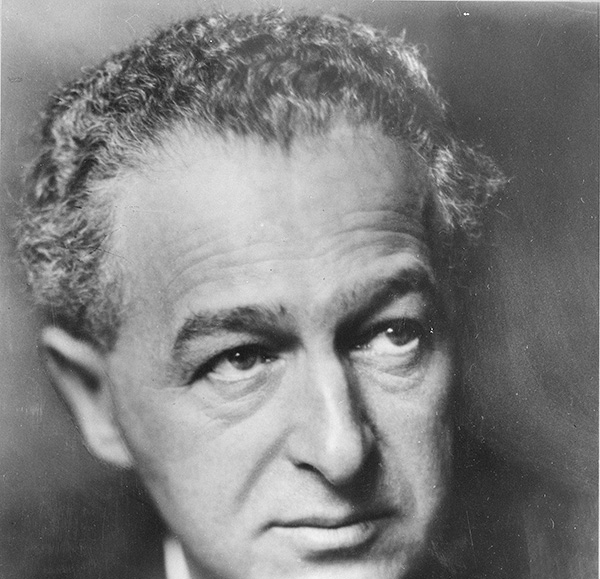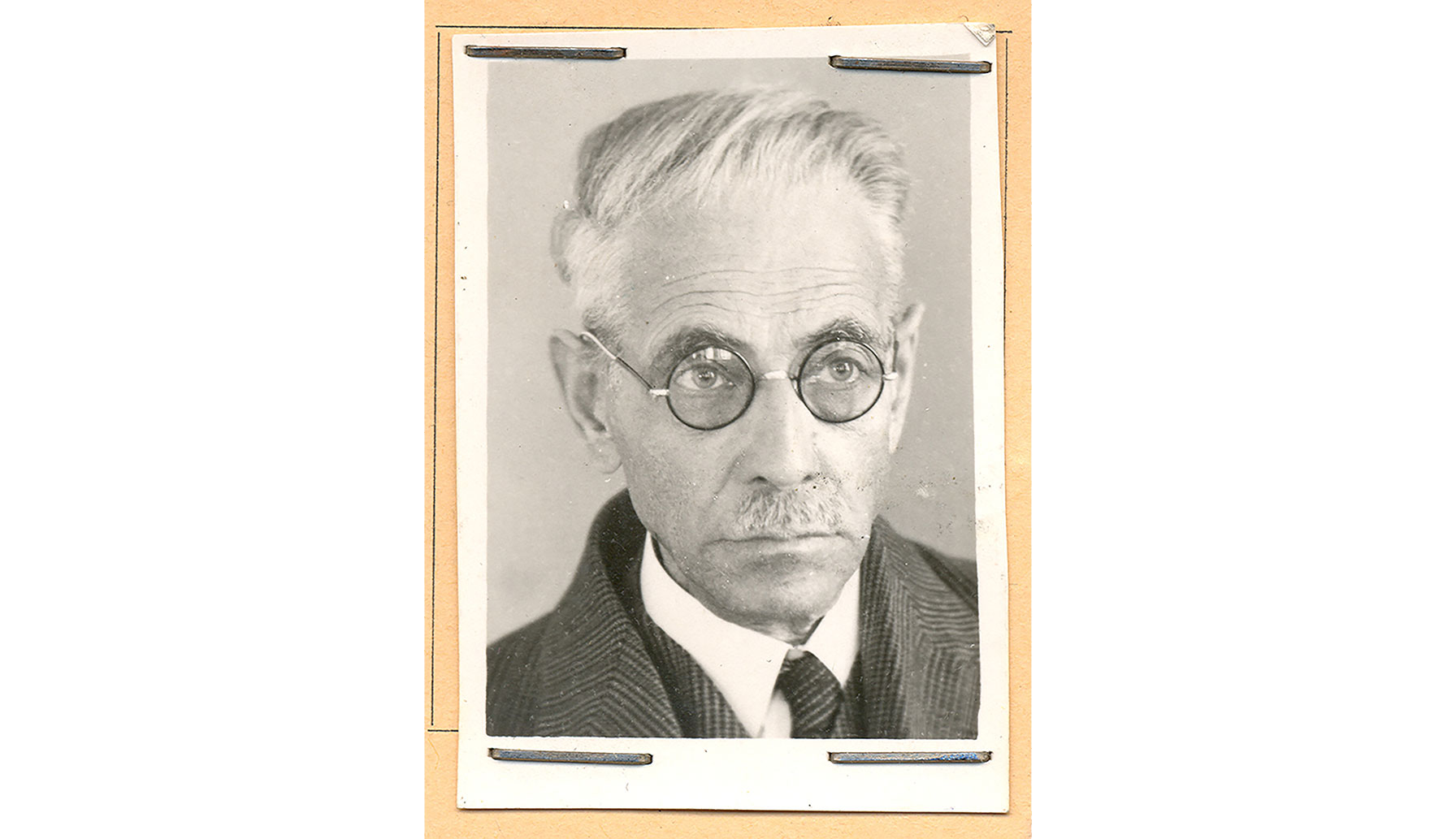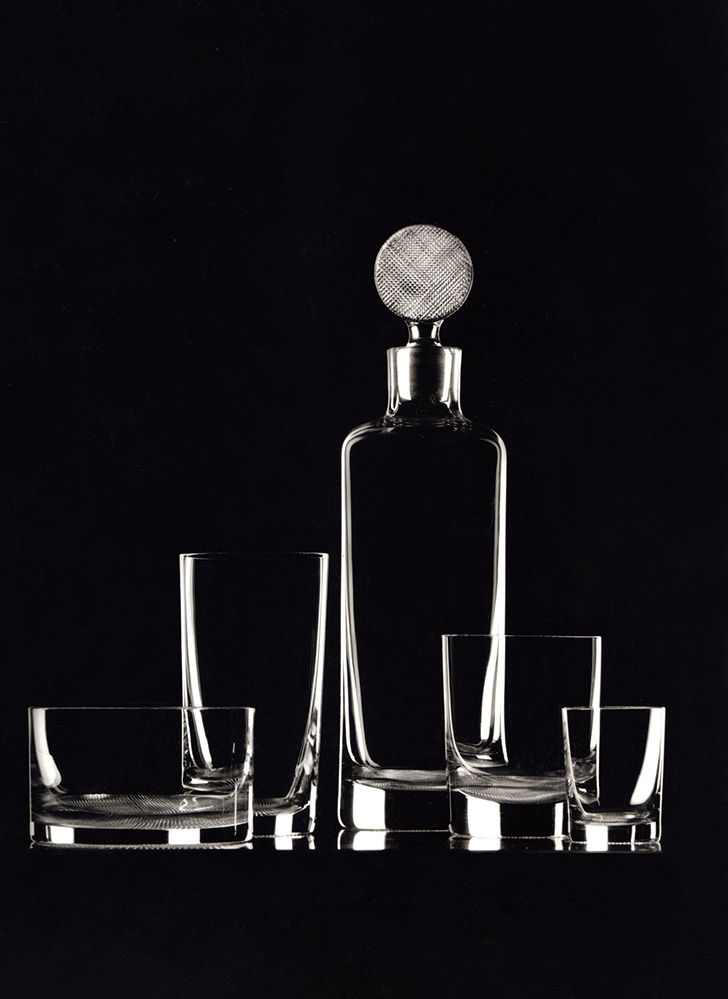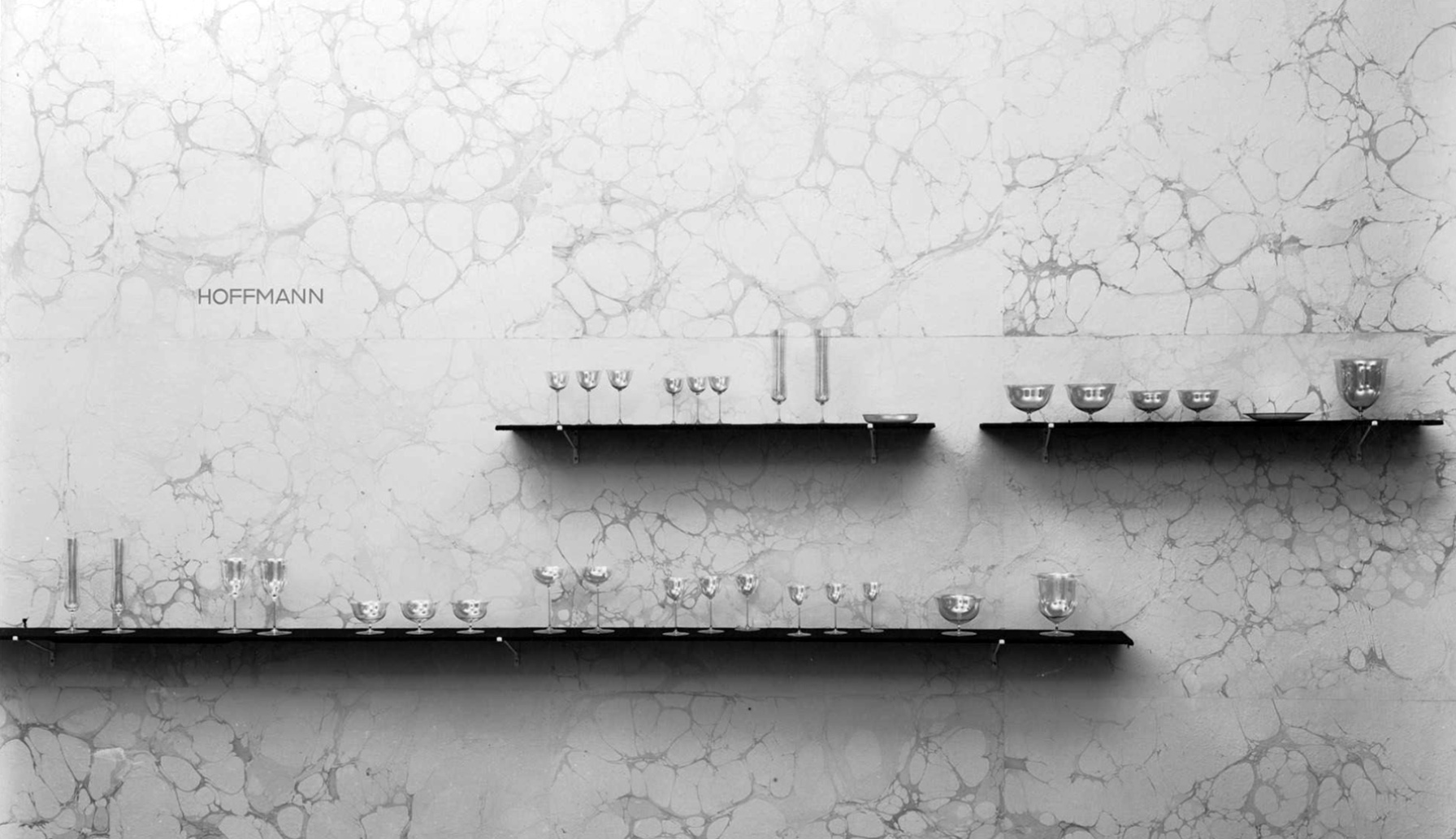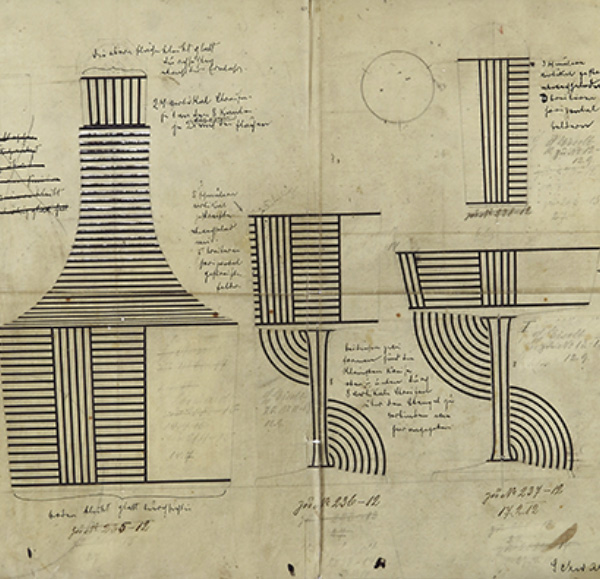
Login
NEW CUSTOMERS
By creating an account with our store, you will be able to move through the checkout process faster, store multiple shipping addresses, view and track your orders in your account and more.
CREATE AN ACCOUNTSEARCH
Shopping cart
1902–1938
Stefan Rath
Ludwig Lobmeyr’s nephew Stefan Rath led the company from 1902 to 1938, ushering it into the age of Modernism. He co-founded the Austrian Werkbund in 1912. Together with Josef Hoffmann, Adolf Loos, and the artists of the Wiener Werkstätte, the company created modern classics of design.
Turn of the Century
Stefan Rath (1876–1960) came to work in his uncle Ludwig Lobmeyr’s shop in 1894 as an assistant. He took courses in drawing and stylistics and consistently rose through the ranks of the company, finally becoming a partner in 1902. He married Marianne Salcher in 1903, and twins Hans Harald and Marianne were born a year later.
As a young businessman, Stefan experienced the final years of, as he put it, “a calm and problem-free era of tastefulness and artistic serenity”. He soon became the Lobmeyr to lead the company into the age of Modernism: For the Wiener Werkstätte, founded in 1903 by Josef Hoffmann and Koloman Moser, the Lobmeyr company soon became “the” workshop for glass and thus part of the movement making Vienna the centre of a new stylistic culture in the arts and crafts. Stefan was a founding member of the Werkbund in 1912 in Austria and exhibited with great success at the large 1914 Werkbund exhibition in Cologne.
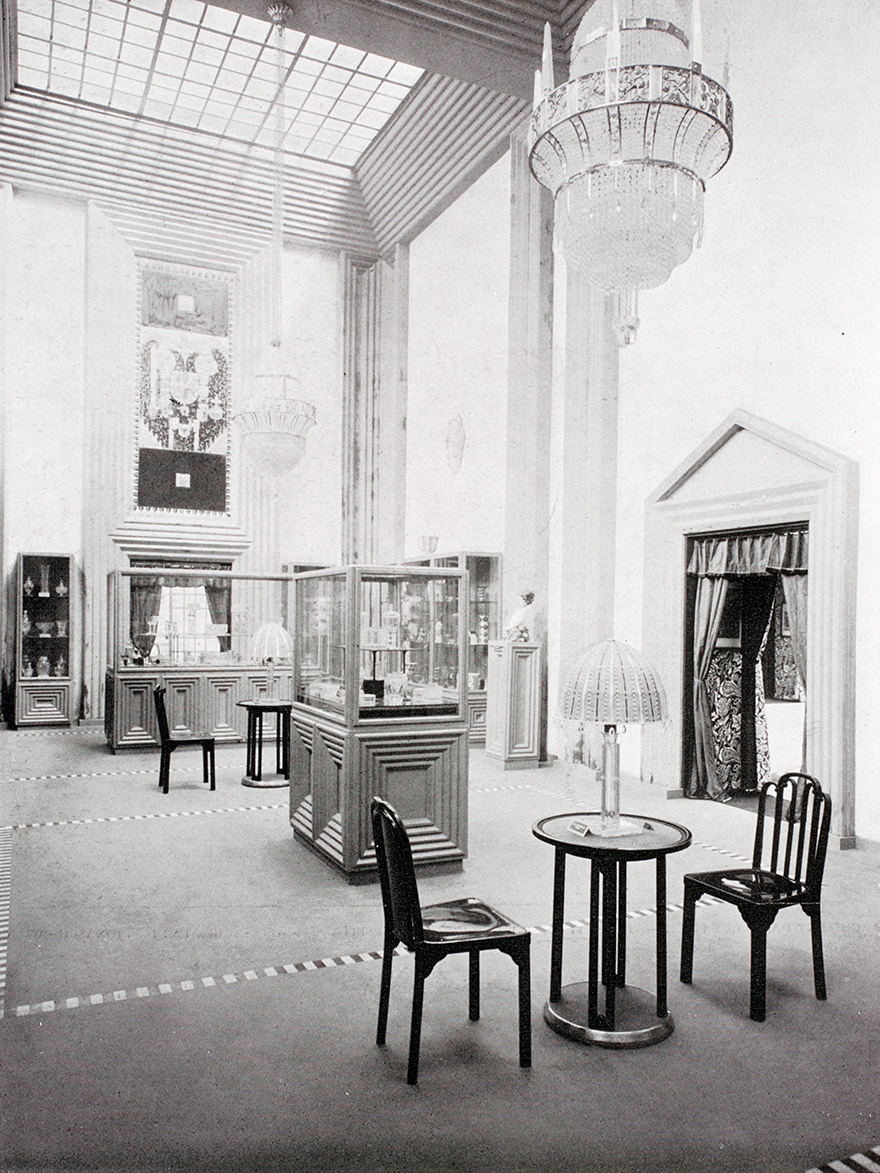
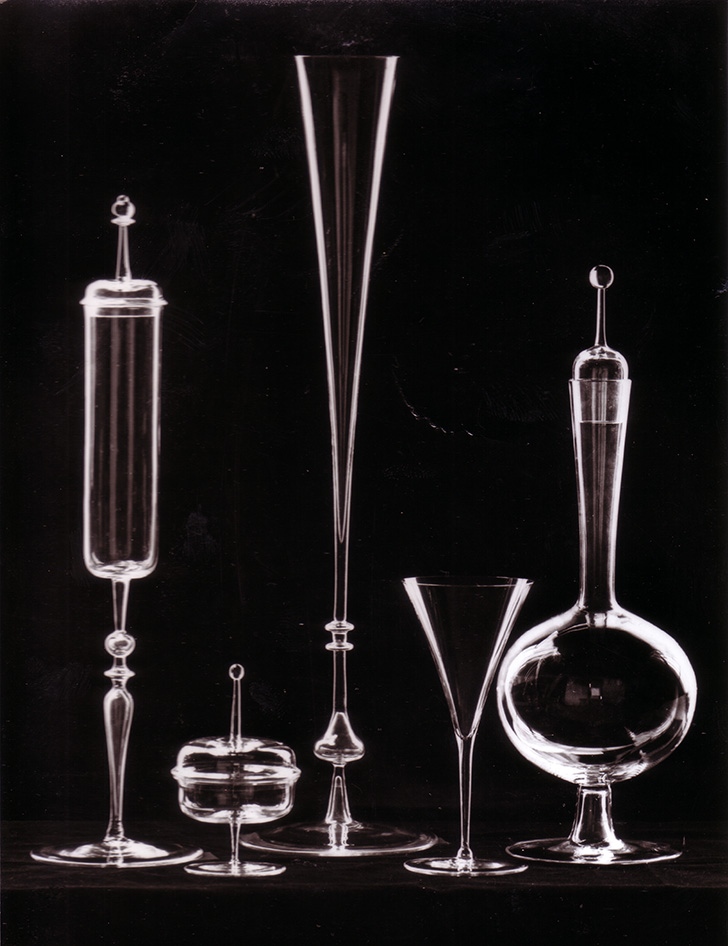
The Age of Modernism
The Lobmeyr company was now working together with the most important protagonists of Viennese Modernism and Art Déco in the applied arts: In addition to Josef Hoffmann were professors from the School of Arts and Crafts such as Oskar Strnad, Michael Powolny, Rudolf von Larisch, Otto Hofner, and Carl Witzmann. In 1929, a pioneering collaboration with architect Adolf Loos resulted in the strikingly simple Cup Set No. 248 with an ingenious stone-ground base – a modern classic. The wafer-thin muslin glass vessels made in conjunction with Oswald Haerdtl were ground-breaking and are admired around the world to this day. The Lobmeyr chandeliers shown at the Milan Triennale and other exhibitions likewise help define the style of an era.
Centennial Anniversary
In 1918, after the death of his uncle and the end of the war, the now 42-year-old Stefan founded the “Lobmeyr’s Neffe Stefan Rath” company in the northern Bohemian traditional glassworking village of Steinschönau. He employed the best engravers, who had become unemployed during the war. Exceptional pieces were created that ushered in the age of Austrian Art Déco, drawing astonishment and admiration at the great Paris applied arts exhibition of 1925—for example, engraved glasses by J. Horejc or Kysela. On the occasion of the centennial anniversary in 1923, a new high point in the company’s history was reached with an exhibition in the Vienna Museum of Arts and Crafts—today the MAK.
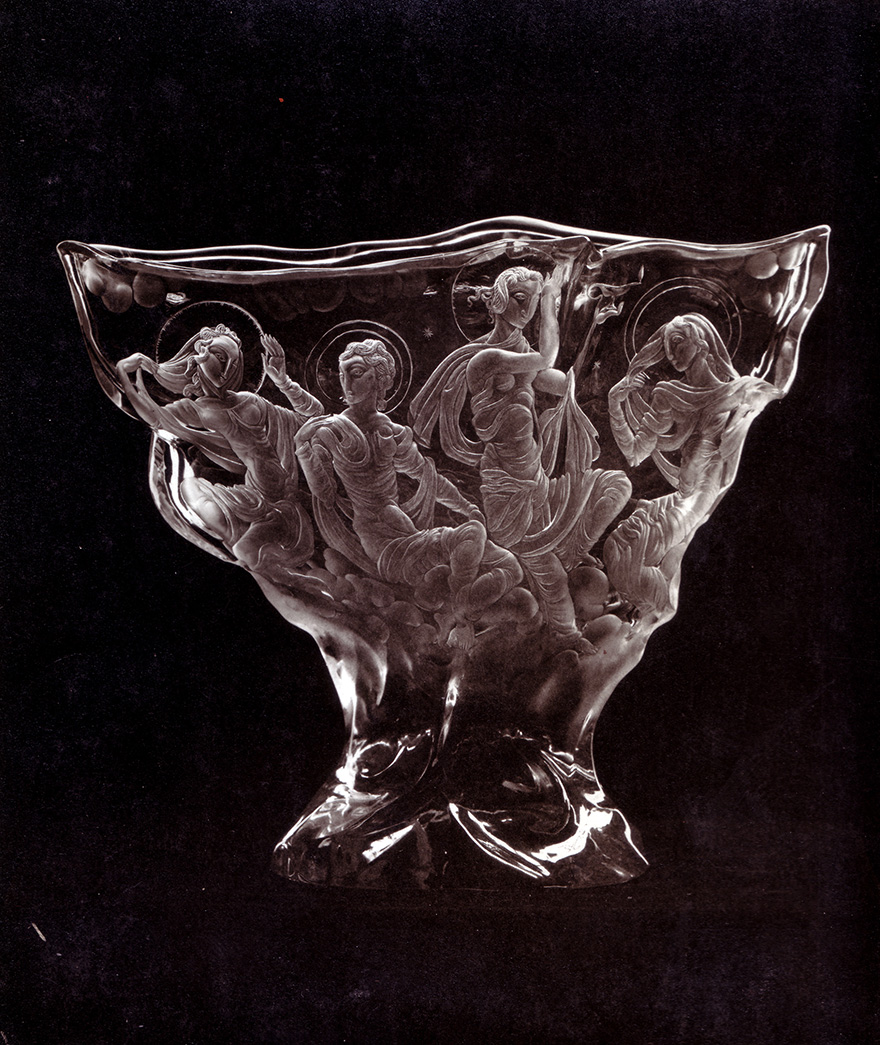
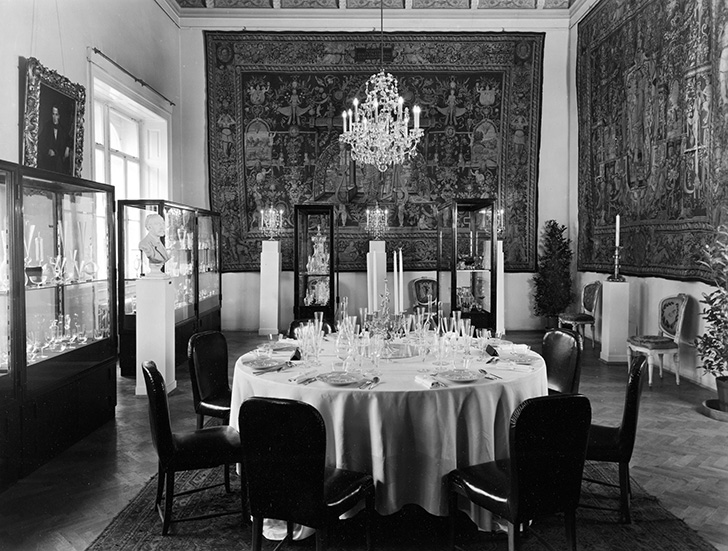
Saving the “Small Crystal Treasure Chamber”
In 1938 Stefan’s son Hans Harald took over the Vienna company, and Stefan moved back to Steinschönau where—until the company was nationalised by the communisation of Czechoslovakia in 1948—he oversaw the production of large cut glass pieces. An attempt by Czechoslovakia to withdraw all trademark rights from the Vienna parent company caused him great humiliation. However, the International Court of Justice rejected the attempt. In 1951, Stefan returned to Vienna with his “small crystal treasure chamber”, which is today part of the Lobmeyr Family Archives.
He was invited by the Museum of Modern Art to visit New York in 1949. The resulting exhibition travelled to several museums around the world, with several pieces of glassware finding new homes in renowned collections.
STORIES
STORIES

